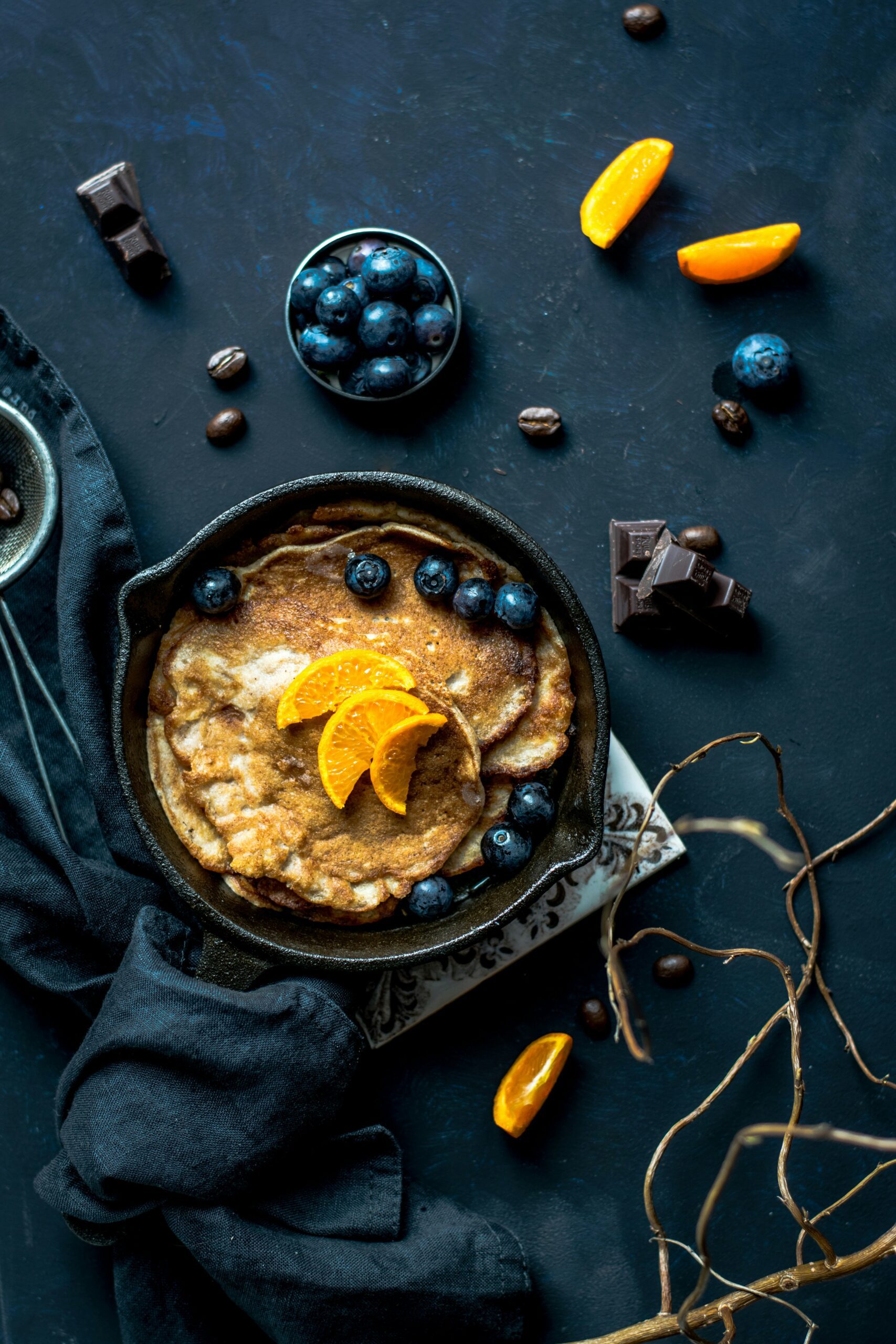

Introduction to Food Presentation
Imagine sitting down to a beautifully set table, the aroma of delicious food wafting through the air. Your eyes scan the plate, drawn in by vibrant colors and artful arrangements. It’s not just about taste; it’s an experience that engages all your senses. Food presentation is an art that elevates dining from mere sustenance to a celebration.
In this world where aesthetics matter as much as flavor, we explore how the way food looks can transform any meal into something special. Whether you’re hosting a dinner party or enjoying a casual weeknight dinner at home, mastering the art of food presentation can make all the difference. Let’s dive into what makes a dish truly stand out on any table and discover ways to enhance your culinary creations!
Elements of a Well-Presented Dish
Color plays a significant role in food presentation. A vibrant mix of hues can awaken the appetite and create visual interest. Think greens, reds, yellows—these colors can transform an ordinary plate into something extraordinary.
Texture is equally important. Combining smooth sauces with crunchy toppings adds depth to the dining experience. The contrast engages both the eyes and palate.
The arrangement of each component matters too. Consider using negative space on the plate to allow elements to shine without overcrowding them. This creates balance and emphasizes key ingredients.
Height can elevate your dish as well; stacking or layering ingredients draws attention upward, making it more dynamic.
Garnishes shouldn’t be an afterthought but rather a thoughtful addition that complements flavors while enhancing aesthetics. Fresh herbs or edible flowers make for stunning accents that invite curiosity before the first bite is taken.
Adding Personal Touches to Your Presentation
Personal touches can transform a simple dish into an unforgettable experience. Consider using unique serving dishes, like handcrafted plates or vintage cutlery. These choices can evoke warmth and nostalgia.
Garnishes are another way to infuse personality into your presentation. Fresh herbs, edible flowers, or even a drizzle of vibrant sauce can elevate the visual appeal significantly.
Think about color schemes too. A bright pop against neutral backgrounds creates excitement on the plate. Use seasonal ingredients for added flair; they not only taste great but also look beautiful.
Don’t shy away from playful arrangements either. Stack components in unexpected ways or use negative space creatively to draw the eye across the dish.
Infusing cultural elements reflects your background and culinary journey. It adds depth and storytelling to each meal you create, making it truly yours to share with others.
The Role of Presentation in Different Types of Cuisine
Presentation plays a vital role across various cuisines, each with its distinctive flair. In fine dining, the artistry is paramount. Chefs meticulously arrange components on the plate, often using sauces as painterly strokes. Here, every detail counts; it’s about evoking emotion and anticipation.
Conversely, comfort food embraces simplicity. A hearty bowl of pasta or a rustic stew focuses less on symmetry and more on warmth and familiarity. It invites diners to indulge in nostalgia rather than visual perfection.
Asian cuisine often celebrates color and texture through vibrant ingredients like fresh herbs or exotic spices. Dishes are frequently served family-style, emphasizing communal enjoyment over individual plating.
In contrast, street food thrives on authenticity and accessibility. Presentation here may be casual but is rich in cultural significance—think vibrant wraps or skewers that tell stories beyond their appearance.
Each culinary tradition showcases unique elements that enhance not just taste but also the overall dining experience.
Tips for Home Cooks and Professional Chefs
Presentation is key, whether you’re cooking in a restaurant kitchen or at home. Start with the basics: use clean plates. A simple wipe can make all the difference.
Choose your colors wisely. Vibrant ingredients like fresh herbs or colorful vegetables can transform a dish from mundane to eye-catching.
Think about height and layering. Stack components to add dimension instead of laying everything flat on the plate. This creates visual interest and entices diners.
Experiment with different serving vessels. Sometimes, an unexpected bowl or slate slab can elevate your meal’s appeal dramatically.
Don’t shy away from garnishing but keep it minimalistic. A single sprig of mint or a drizzle of sauce can enhance both flavor and look without overwhelming the dish.
Practice makes perfect. The more you experiment with presentation techniques, the more intuitive it will become for you over time.
Final Thoughts on the Art of Food Presentation
Food presentation is an art that goes beyond mere aesthetics. It engages the senses and enhances the overall dining experience. When a dish looks appealing, it invites curiosity and anticipation. This connection can transform a simple meal into a memorable occasion.
By focusing on elements such as color, texture, and composition, both home cooks and professional chefs can elevate their dishes significantly. Personal touches add character to each plate, making it unique to your style or culture.
Different cuisines offer various approaches to presentation. Understanding these nuances helps in appreciating the artistry behind different dishes while opening doors for creativity in your own cooking.
Whether you’re preparing dinner for family or serving guests at an event, remember that how you present food can leave a lasting impression. It conveys care and thoughtfulness—qualities every cook should aspire to embody.
Embracing the art of food presentation not only showcases your culinary skills but also enriches the entire dining experience for everyone involved. So next time you take on a cooking project, consider how you want those flavors displayed; it’s all part of creating something truly special.
